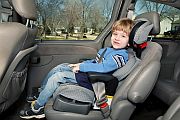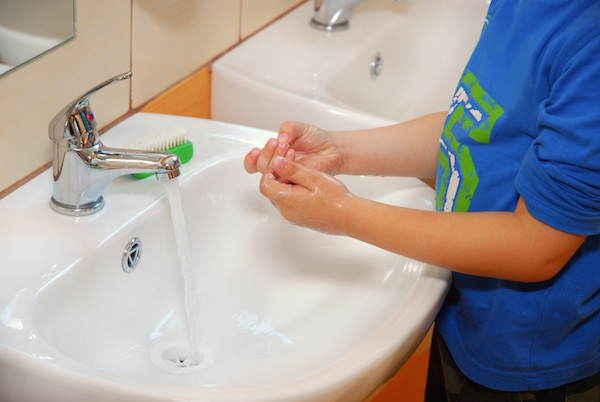
SATURDAY, Oct. 3, 2015 (HealthDay News) — Although it can sometimes be a challenge to get a cranky, wriggling toddler into a child car seat, those safety devices can protect youngsters from serious injuries in an accident.
But only when they’re used properly, an expert advised.
“We know from our work with thousands of families across the country over the past decade that car seats can be frustrating. In fact, an alarming three out of four are not installed properly,” Gloria del Castillo, child passenger safety expert at Cincinnati Children’s Hospital, said in a hospital news release.
One common misconception is that used child car seats are always safe. However, car seats have expiration dates or may have been damaged in a crash, Additionally, the plastic can degrade over time, said del Castillo, who’s also a program manager for a national education program called Buckle Up for Life.
If you’re considering a used car seat, check the expiration date, typically located on a sticker on the seat and on the seat’s registration card, del Castillo said.
Expensive car seats aren’t safer than less costly seats. All have to meet the same U.S. National Highway Traffic Safety Administration standards. Some seats are more expensive due to components such as fabric, padding and other added features.
Many people think a 1-year-old can ride in a forward-facing car seat, but children should remain in rear-facing seats until age 2 years, or until they exceed the height or weight limit for the seat, the American Academy of Pediatrics recommends.
Some parents believe that when their children outgrow their car seats or booster seats, the child can ride in the front seat. But all children younger than 13 are safest in the back seat, said del Castillo.
She added that children shorter than 4 feet 9 should sit in booster seats so that seat belts can offer them proper protection. A seat belt that rides up around a child’s waist or neck can cause injuries during a crash.
More information
The U.S. Centers for Disease Control and Prevention has more about children and car safety.
Copyright © 2024 HealthDay. All rights reserved.

